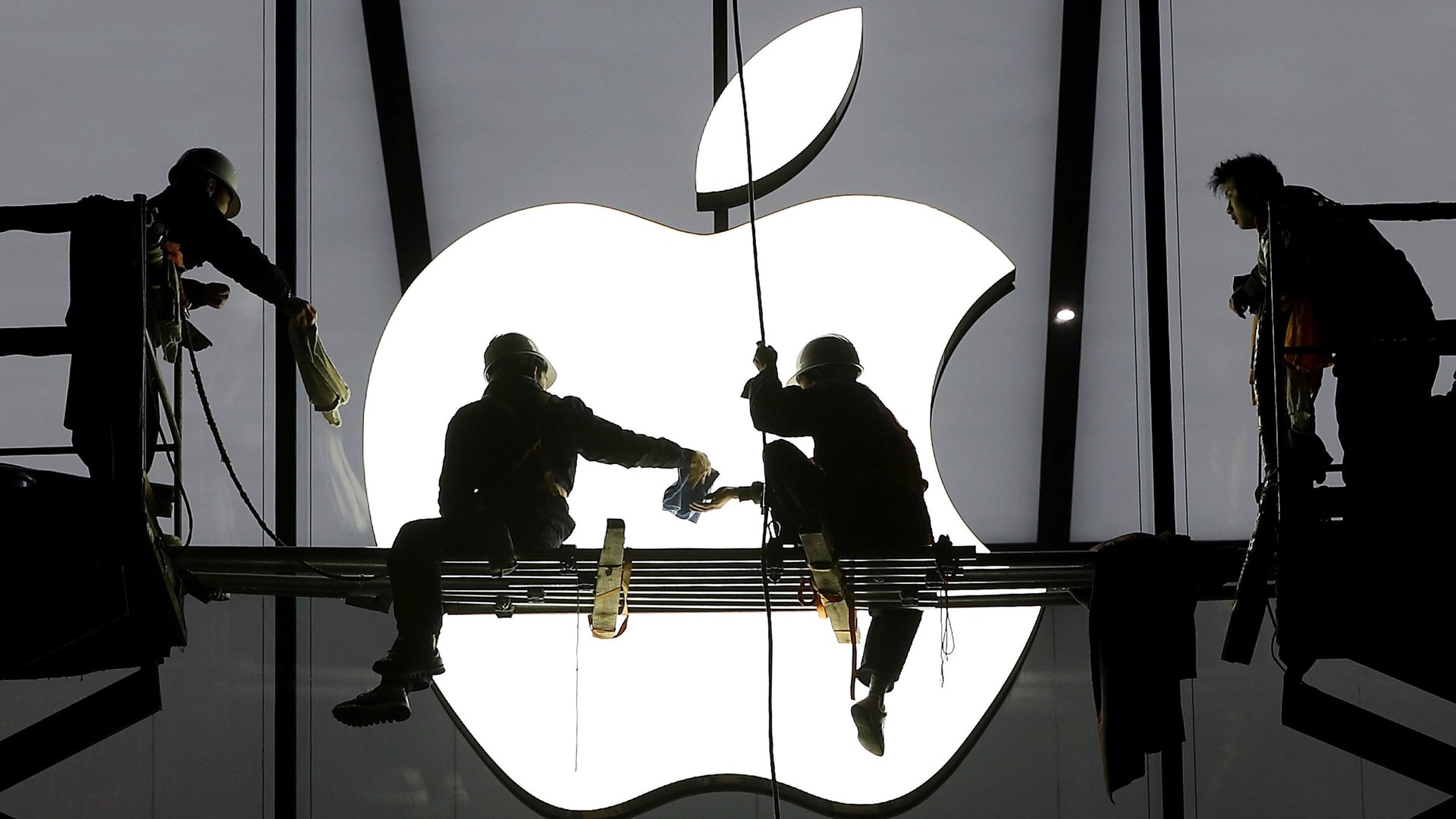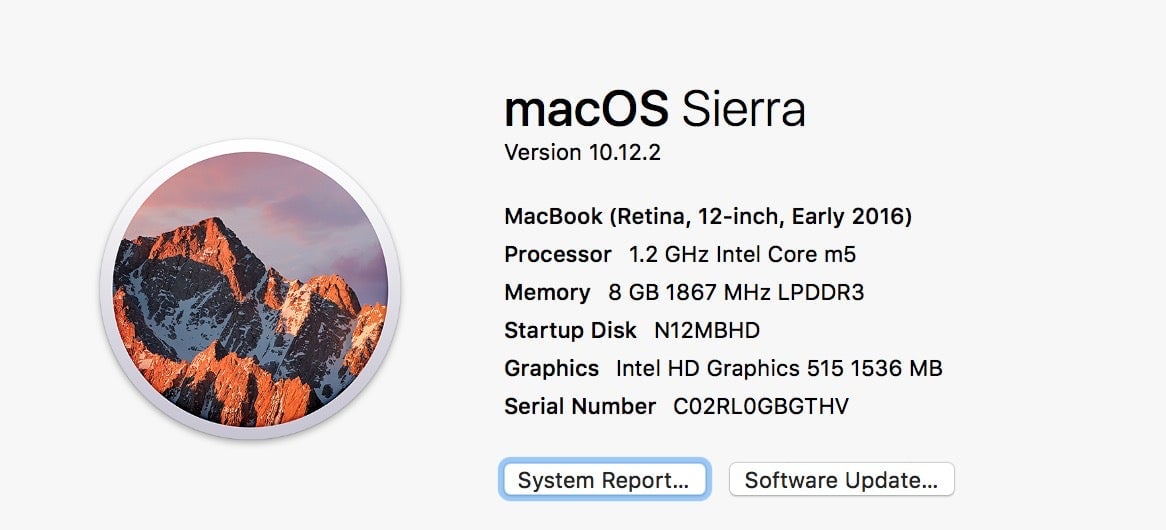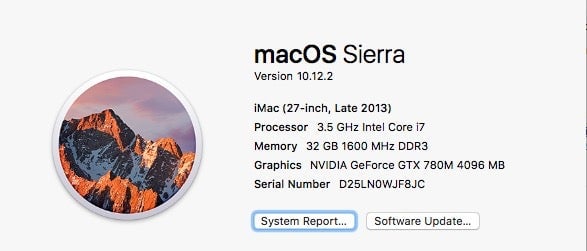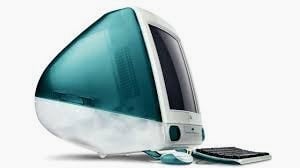Macs are actually still pretty awesome
To start the New Year on a positive and possibly boring note, I’ve decided to look at the Macintosh line from a favorable angle. There is much to say on that count, from a very pleasant laptop—the culmination of the MacBook Air but by another name—to an equally satisfying desktop workhorse.


To start the New Year on a positive and possibly boring note, I’ve decided to look at the Macintosh line from a favorable angle. There is much to say on that count, from a very pleasant laptop—the culmination of the MacBook Air but by another name—to an equally satisfying desktop workhorse.
A recent Twitter exchange reminded me of an argument I overheard in a Boulevard de Grenelle bistro decades ago. Leaning on the zinc, the counter named for its metal, an annoyed—and imbibed—Parisian plumber cursed his (destined to be iconic) Citroën “Tube” van for its faulty ignition, leaky radiator, and capricious brakes. “Not true!,” exclaimed his drinking companion who took the rant personally, “My own Citroën never lets me down!” The Citroën loyalist felt that his discerning taste in automobiles was under attack, his beloved brand unfairly besmirched.
The French call this a dialogue de sourds, deaf people talking past one another.
You know where I’m going with this. Like our Parisian tradesmen, we take our personal computers personally and have similar non-conversations. As an example, a recent Monday Note covering the MacBook Pro’s perplexing launch earned me a bit of name calling on Twitter. Having learned to not take the bait, I pointed to facts, to my repeated and comparative battery-life numbers that clearly showed a problem with the new device. The critic’s reply was along the lines of “But I’m happy with my trouble-free new MacBook Pro.” Unarguably true.
Happily recuperating from three weeks in France, and with my own MacBook telling me it has more than eight hours of battery charge left, I decided to write something positive about the Mac. I didn’t have to look far and will start with my own 12 inch Retina laptop, the “Early 2016” model:

When the first MacBook Air was introduced almost exactly eight years ago, power users panned the device. Slow processor, really slow 1.8-inch Toshiba disk drive straight out of the iPod line, 2GB of RAM…this machine couldn’t be serious. Some even called it feminine (a charge that has made a comeback for the new rose gold MacBook). We know what happened. One iteration after another, gaining muscle and reputation, the MacBook Air replaced the IBM/Lenovo ThinkPad as the de rigueur laptop.
For my part, I thought my prayers were answered when Apple made an 11-inch version of the MacBook Air. (I hereby confess a fetish for small laptops: I once owned a Toshiba Libretto, a fully pocketable Windows machine with hard disk and Wifi connectivity, and I later mourned the demise of Sony’s well-made 10-inch Vaio laptops that I enjoyed carrying around.) But my aging eyes didn’t like the MacBook Air display and, in 2012, I turned to the Retina MacBook Pro, easier on my eyesight but heavier (and warmer) on my lap.
What I really wanted was a Retina MacBook Air. I wasn’t alone in holding out hope for such an upgrade. Expectations were high when, last October, Apple introduced a kind of hybrid successor to both the Air and the Pro lines: The new MacBook Pro had an improved screen and weighed about the same as an Air.
But reception and perceptions, my own included, were mixed. Stepping away from the controversy, I realized that Apple had introduced a “Retina MacBook Air” six months earlier, but it was called, simply, MacBook…and I already owned one. The “Early 2016” MacBook is the best laptop I’ve ever owned; I never seem to want for speed or memory as I ingest my daily diet of Safari, Mail, Tweetbot, Messages, Pages, Preview, Photos, iBooks, Calendar, Notes, Terminal, iTunes and a few more such as Keynote. Connectivity is no issue: I permanently attach a dongle to the back-up disk I carry when I travel.
Over the last nine months, I’ve noticed that the MacBook has taken time away from my iPad. Between my large-screen, pocketable iPhone and my lightweight MacBook (a pound-and-a-half lighter than the 2012 it replaced), there’s much less room for an iPad. In particular, I find the combination of 1–2–3–4 fingers trackpad gestures, keyboard, sharp vertical screen, and Mac windows/menus user interface hard to beat—for my own use and taste. I also realize this is exactly the Apple Mac vs. hybrid tenet.
Being never completely satisfied, I hope for a version I can connect to a larger screen. My spouse connects her own MacBook Air to a Cinema display as she needs the bigger screen for her home design and construction business. I’d like to do something similar with my MacBook. And, while we’re at it, why not a Touch ID sensor…and I now realize I just described a MacBook Pro, only lighter.
I can wait because I’m happy with the MacBook as it is, and because I use another well-judged computer, an iMac:

It, too, is part of a storied lineage. By some accounts the first Bondi Blue iMac marked the beginning of the Apple 2.0 turnaround after Steve Jobs retook the helm:

My “Late 2013” 27-inch iMac doesn’t have the latest 5K display but it’s perfect for my use now that I’ve upgraded to the newer and excellent Magic Keyboard and Trackpad. I can confidently say that the enriched experience afforded by these two devices isn’t just wishful thinking: My spouse, who is supremely uninterested in computer niceties, noticed “a nicer feel” after I upgraded her setup without telling her.
I might spring for a newer iMac with its sharper display and other improvements cryptically promised by Apple’s CEO, but, as with the MacBook, I can wait. I can understand why Apple has felt little sense of urgency in coming out with new iterations: My three-year-old iMac, need I repeat, is perfect (for me). I can certainly wait if all I’ll get is the modest performance improvements promised by Intel’s latest Kaby Lake processors.
From my limited perspective, today’s Mac picture isn’t bad at all. With this rosy attitude, one wonders, again, about Apple’s recent loss of control over its own story. But that’s for another, more critical, Monday Note.
Happy New Year. There’s no doubt that the Chinese “May you live in interesting times” will apply.